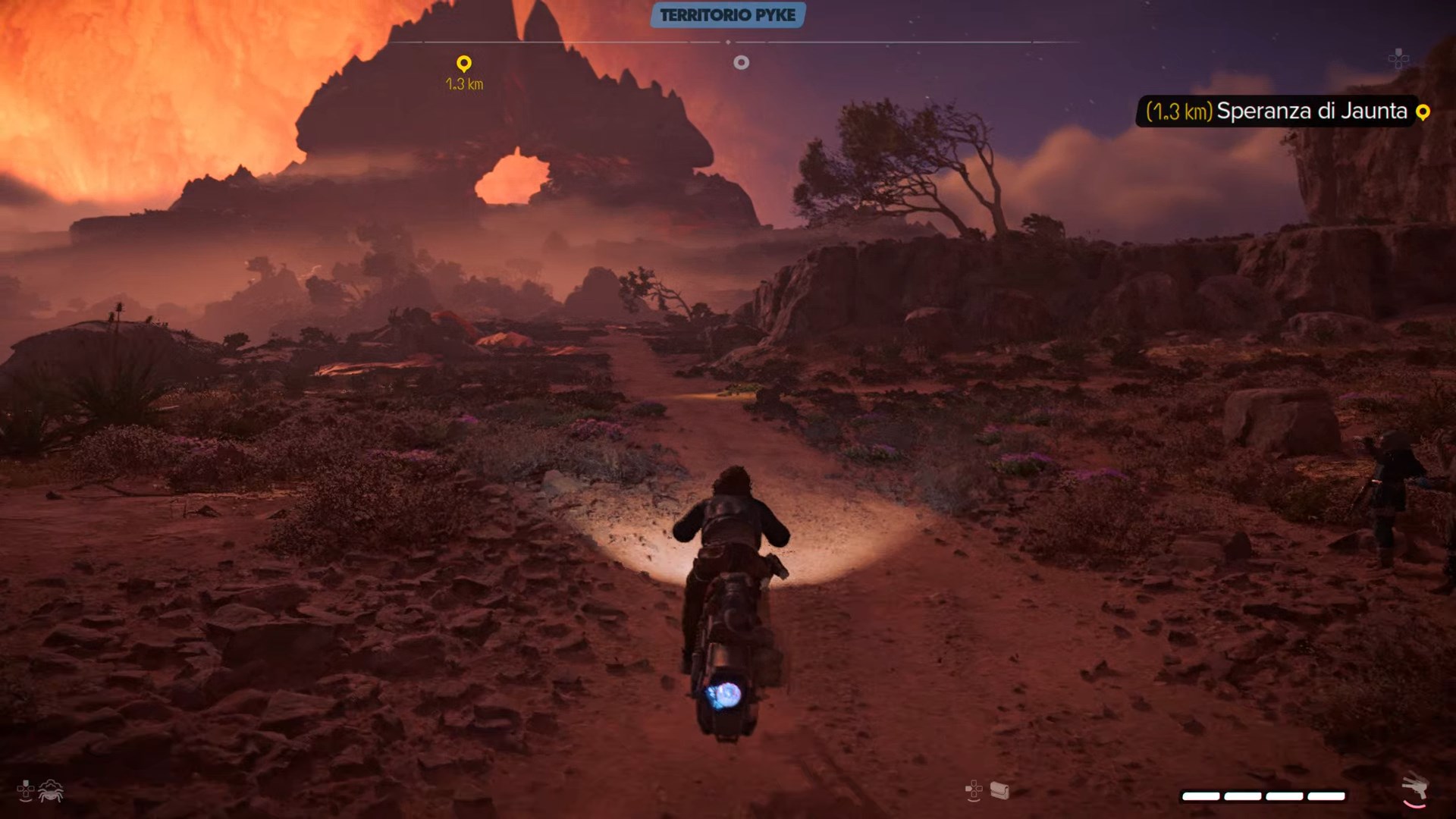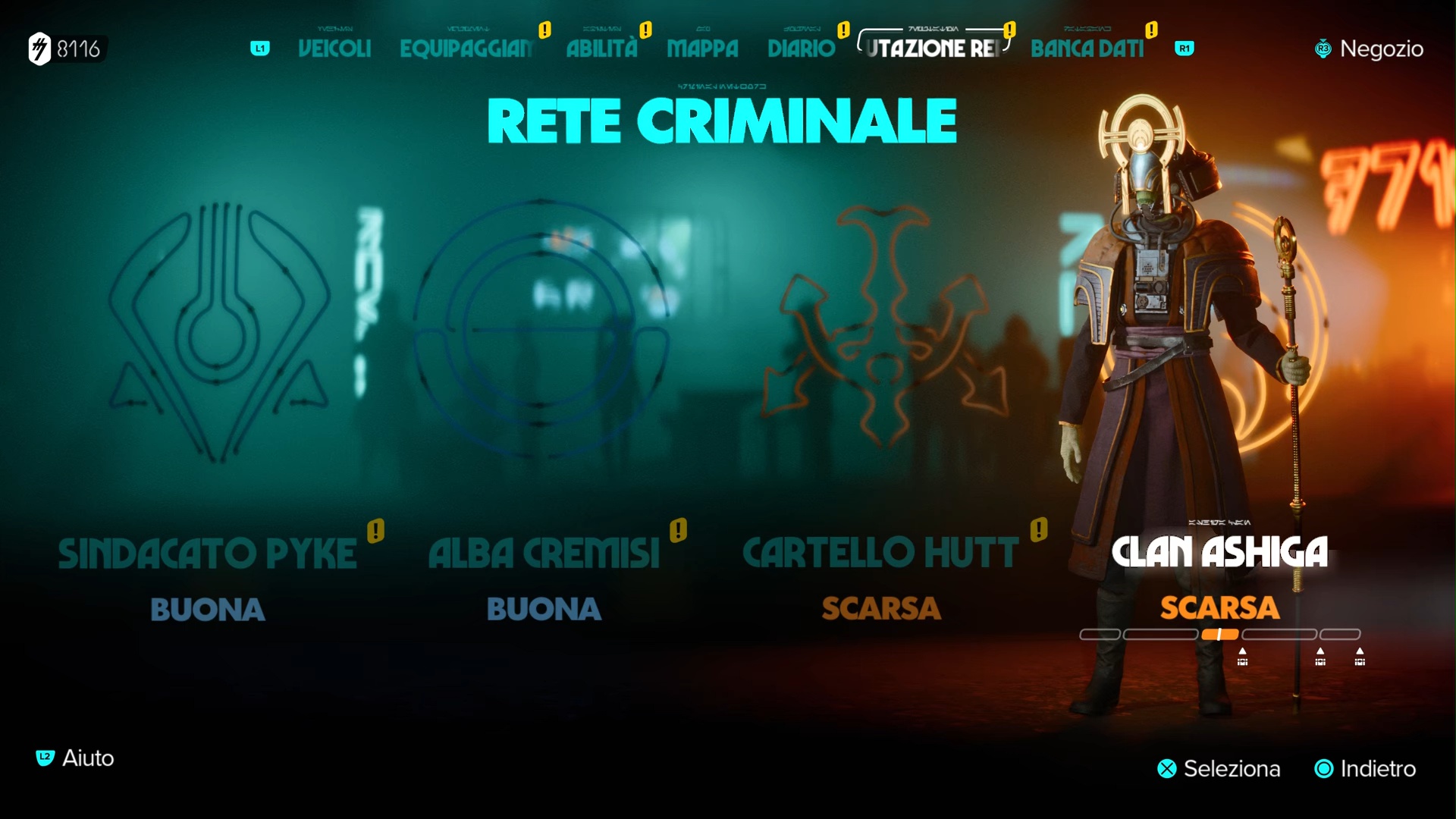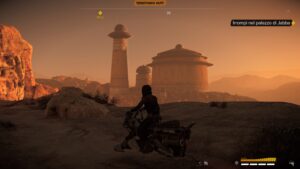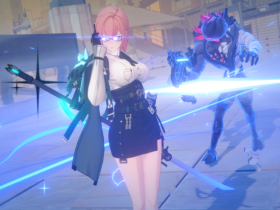A long time ago, in a galaxy far, far away, the talented developers at Massive Entertainment, under the aegis of Ubisoft, received the opportunity to bring to life a new video game chapter inspired by Star Wars. After years in which the fate of this beloved universe was exclusively tied to Electronic Arts, Star Wars Outlaws represents a new hope: that of a future in which the famous space opera can be interpreted by creative and ambitious minds eager to offer players something fresh and innovative.
Although not without imperfections, Star Wars Outlaws fully achieves this specific goal, providing fans with a fascinating view of how Jedi and smugglers can once again inhabit their worlds without being subject to the dictates of a monopolistic company that in ten years of exclusivity has often disappointed expectations. To make matters worse, the Massive Entertainment team has also managed to distance itself from some of the more controversial and divisive aspects of the Disney era of Star Wars, restoring atmospheres and sensibilities that call back to the origins of the saga.

Star Wars Outlaws: nostalgia strikes again
At first glance, Star Wars Outlaws manages to fill the void that has accompanied us since 2012, when LucasArts announced the ambitious project of Star Wars 1313. In this game, gamers would have been able to step into the shoes of bounty hunter Boba Fett, an expositional vehicle that would have allowed for the unravelling of the dark and little-known criminal underworld of the Star Wars galaxy. The protagonist of Star Wars Outlaws, Kay Vess, is not a bounty hunter in the strict sense, yet her activities still have roots in that ambiguous gray area that stretches between the two dominant power poles of the saga, the Empire, and the Rebellion, during the chronological period between Episode V and Episode VI.
This narrative device leads Kay and the players to explore the galaxy and visit biomes of all kinds that, despite being profoundly different from one another, perfectly embody the imagery of Star Wars as it was conceived and sketched during the original trilogy. Whenever possible, the designers at Massive Entertainment utilized the visual guides published by Dorling Kindersley to define the geographical and architectural details of the settings, thus adhering to a style that aligns with the films of the early ’80s. This choice is further reinforced by a script that carefully avoids introducing overly pronounced comedic gags that could ridicule the tone of the plot, avoiding that excessive infantilization that sometimes resurfaces in the more recent films and series associated with the name of Star Wars.

The revenge of the action genre
The fact that Star Wars Outlaws is what comes closest to a video game version of the classic Star Wars films is already commendable, yet the game turns out to be competent and engaging even without relying on its noble heritage and the nostalgia associated with it. Its nature is multifaceted and varied, including cover-shooter, exploratory, role-playing, stealth, and platform mechanics. To draw a parallel, one could associate the gameplay system of Star Wars Outlaws with that seen in Uncharted, but with sci-fi tones, a greater focus on gunfights, and environments crafted like large sandboxes brimming with secrets to discover.
This plurality of forms offers gamers tangible advantages, yet it can sometimes also be a limitation. The overall structure works excellently, yet some specific gameplay aspects turn out to be imperfect and somewhat clunky. Actions such as throwing a grenade or tagging points of interest on the map require unnecessarily intricate and baroque command combinations; stealth executions are complicated by the fact that the animations for these moves are overly long, while parkour jumps during the more platform-oriented moments stumble over frequent command-reading errors. The flaws are indeed present, yet their influence is absolutely minor: they rarely heavily impact the experience, rather they indicate a certain lack of design refinement, a factor that may and should be refined if any future sequels are considered.
During our testing on PlayStation 5, Star Wars Outlaws also showed some flaws regarding graphics and performance. Despite applying gameplay settings aimed at maximizing the fluidity of animations at the expense of aesthetic rendering, slowdowns were noticeable with some regularity, particularly in urban contexts that were filled to the brim with purely scenic details and minutiae. Some textures also proved to be unstable. It is common to encounter some minor glitches, though still bothersome. Since these are not structural deficiencies, it is possible that Massive Entertainment can develop dedicated patches soon to resolve these minor graphical hiccups so that the game can present itself to the public in its best form.

The awakening of the clans
The solidity of the gameplay is thus accompanied by a particularly rewarding ludic-narrative setting, namely the presence of multiple criminal syndicates in the game that simultaneously vie for Kay Vess’s services. Dealing with multiple clients who compete with one another, the young woman must evaluate how best to manage her performances as a freelance mercenary, attempting to satisfy the demands of the various gangs without stepping on the toes of competitors too much. This kind of professional relationship is partially subordinate to certain obligatory narrative twists; however, in most cases, their balances depend directly on the types of missions that players choose to undertake. This results in the need to continuously manage the ties between parties, regularly rebalancing those values that Grand Theft Auto 2 would have categorized as “respect”.
The quality of relations with the various factions is relevant in multiple ways: it defines which missions are accessible at the fixers, what goods can be obtained through black market channels, the extent of discounts offered by sellers and, above all, the attitude adopted towards Kay by the henchmen of the underworld. As relations with a syndicate deteriorate, the protagonist will have increasing difficulties entering the areas of interest of individual gangs, a factor that could complicate her life and objectives enormously. However, the developers cleverly paid great attention to level design, ensuring that multiple useful solutions are put in place to resolve each obstacle. Do you want to enter a neighbourhood controlled by a gang? You can do so by cultivating excellent diplomatic relations with the current leader, sneaking in through the ventilation system, or, why not, bribing someone for a pass. There are no wrong solutions in Star Wars Outlaws!
Drawing the blaster is also a perpetually valid option, especially if one is particularly impatient; however, Kay is not particularly resilient, as it takes just a few gunshots to send her to the great beyond. Moreover, it is often wise to leave no trace of one’s passage in mission locations, so that the affected parties do not take too much offence to the protagonist. To prevent lethal shoot-outs from becoming the preferred path to victory, Massive Entertainment has devised stealth gameplay mechanics that are not very innovative but effective, significantly enhanced by the presence of Nyx, a companion animal trained to distract and steal from the targets indicated by its owner, Kay.

Star Wars Outlaws: the rise of the scenic worlds
Star Wars Outlaws presents its worlds in breathtaking fashion. The towns are vibrant and alive, the outdoor environments are beautiful and intriguing, the main characters are well-written, and the social interactions are lively, believable, and frequently witty. The game does not present the Outer Rim planets as a generic backdrop, but rather as three-dimensional environments that have their character, fauna, and points of interest that you feel inclined to revisit regularly. The preference the developers have adopted for the worn aesthetic setting necessarily drains the immediacy of level design, yet it only takes a couple of hours of gameplay to successfully adapt to the “visual lexicon” that dominates the work. Strangely, the soundtrack is instead characterized by relatively generic background tracks that fail to evoke the epicness of John Williams’ music. The quality of these soundscapes is far from poor, yet it leaves no mark, merely emphasizing the emotionality of the moment by accompanying what happens on-screen, moment by moment.
Finally, it’s worth mentioning that Star Wars Outlaws boasts many elements necessary to ensure accessibility to the gaming experience for everyone. By exploring the options, it is indeed possible to calibrate the game’s difficulty by modifying multiple values, customizing the level of challenge according to one’s needs and urges. The settings also consider the possibility that users may suffer from visual or auditory spectrum disorders, so the game initiates solutions to help these individuals enjoy the title without necessarily relying on outside assistance. The variety of variables available within the options might be overwhelming for less experienced users; however, the staff at Massive Entertainment had the brilliant idea to create pre-fabricated sets that can be useful for anyone who does not want to spend tens of minutes navigating menus and other variables.
Star Wars Outlaws is a somewhat raw gaming experience at times, but its coarser traits are carefully refined by its extremely ambitious nature. The title represents a breath of fresh air for fans of the Star Wars saga, channelling the themes and atmospheres traditionally associated with the brand. The multifaceted gameplay allows players to explore multiple strategic approaches, while the narrative direction orbits a perspective, that of the unaffiliated mercenary, which is relatively fresh and unexplored. Star Wars Outlaws is the kind of game that no Star Wars fan should let slip away, and that even many newcomers should pick up!















